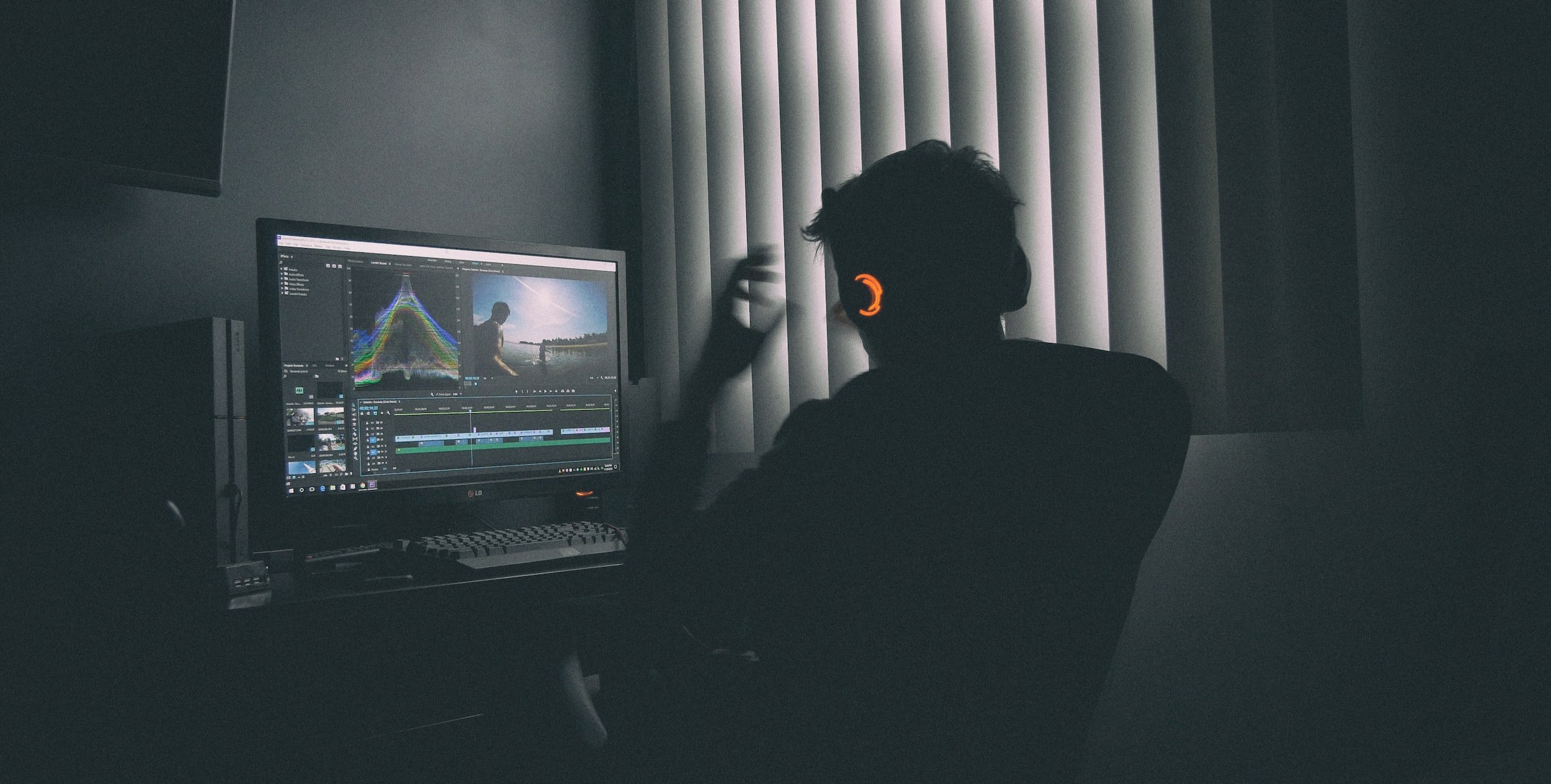Why Lo-Fi Content Should be Part of Your Video Content Plan
“Perfect is the enemy of good.”
You know the aphorism. You’ve probably used it yourself when you’ve been staring at a video edit at 2:00am knowing it’s time to stop making tweaks and call it a day. But now there’s growing evidence that perfection in video content is actually turning viewers off. Whether it’s on Instagram, Facebook, Twitter, TikTok or YouTube, millennials in particular are definitely over the production and polish of splashy, big budget videos. And there’s proof to back that up.
Make it real. Make it compelling. Make it imperfect.
That’s the rallying cry from your audiences and a recent article by Meta shows just how important it is to ditch the gloss and just be authentic. Just look at the stats for Instagram stories:
84% likelihood that self-recorded, mobile shot video outperforms studio-shot creative.
63% likelihood that self-recorded content drives purchases and app installs.
90% of 18-36 year olds LIKE people showing their imperfections and flaws.
That last point is perhaps the most telling. For decades consumers have been force-fed perfection in almost every aspect of entertainment and communication. From retouched photos of impossibly-ideal models, to multi-million dollar Super Bowl ads, target audiences have been fed a steady diet of glitz and glamor that they had no chance to attain.
But since the advent of mobile-shot video and its incredible popularity on social channels, that perfection is being rejected en masse in favor of, well, reality. It’s more fun to watch, it’s definitely more inclusive, and it’s capturing the attention of viewers around the world. And the best part is, this lo-fi option takes less time, money and planning than its lustrous alternative. Lo-fi meaning low-fidelity, refers to video content that is intentionally made to look unpolished or unrefined. This type of content is gaining popularity as viewers crave more authenticity and relatability in what they consume online.
Lamborghini Loses to Lo-Fi
User-Generated Content (UGC) Takes the Lead
UGC isn’t just a fantastic way to produce this kind of lo-fi video content, it’s also dominating in the social space because it’s just what consumers are looking for. It’s the answer to the “perfection fatigue” that the vast majority of people (including yourself) are drawn to.
A recent example of perfection backfiring and being widely ridiculed is the bizarre piece of advertising for Lamborghini.. Despite being a high-end brand, the high production values in the ad only resulted in it being seen as insane, unhinged, and hilarious. This multi-million dollar ad features a 610-hp sports car driven by a supermodel, accompanied by a rap voiceover on a slick music track. The result is simply laughable. Just imagine what they could have achieved with some mobile-shot, self-recorded video featuring a rally driver or an influencer pushing that car to its limits.
Industry experts at AdAge also agree that lo-fi is producing some impressive results, admitting that while the authentic approach isn’t exactly new, it’s very much NOW. And it’s leveraging community connection, real people, and “simple messages, simply executed.” That’s the very essence of UGC. It’s not about the wow factor. It’s about connection.
The Outcome is Clear - Lo-Fi Takes on the Giants
With everyone and their gran having a smartphone at hand, and the technology making it easy for beginners to capture great content, UGC is the clear choice for all kinds of authentic video content. And you can utilize it today to create:
Branded video content captured by an army of your influencers.
Moving stories for nonprofits and other charities.
Genuine recruitment videos that connect with students.
Company culture videos that go all-in on authenticity.
The key takeaway here for any brand, corporation, or ad agency is that it’s time to shift the paradigm and move away from “the norm,” which is increasingly becoming a thorn in the side of consumers around the globe. UGC and lo-fi content is in demand, and by making it a key part of your media mix you’re going to drive engagement and lower funnel conversions. And that is a game changer with no downsides.



